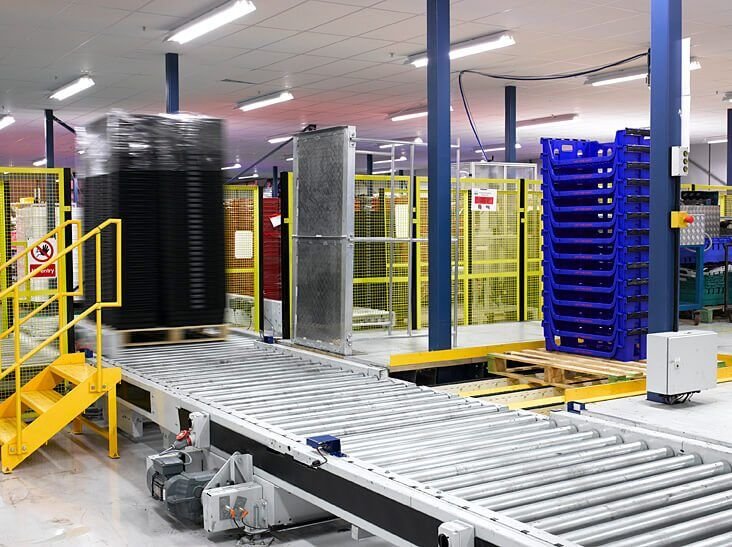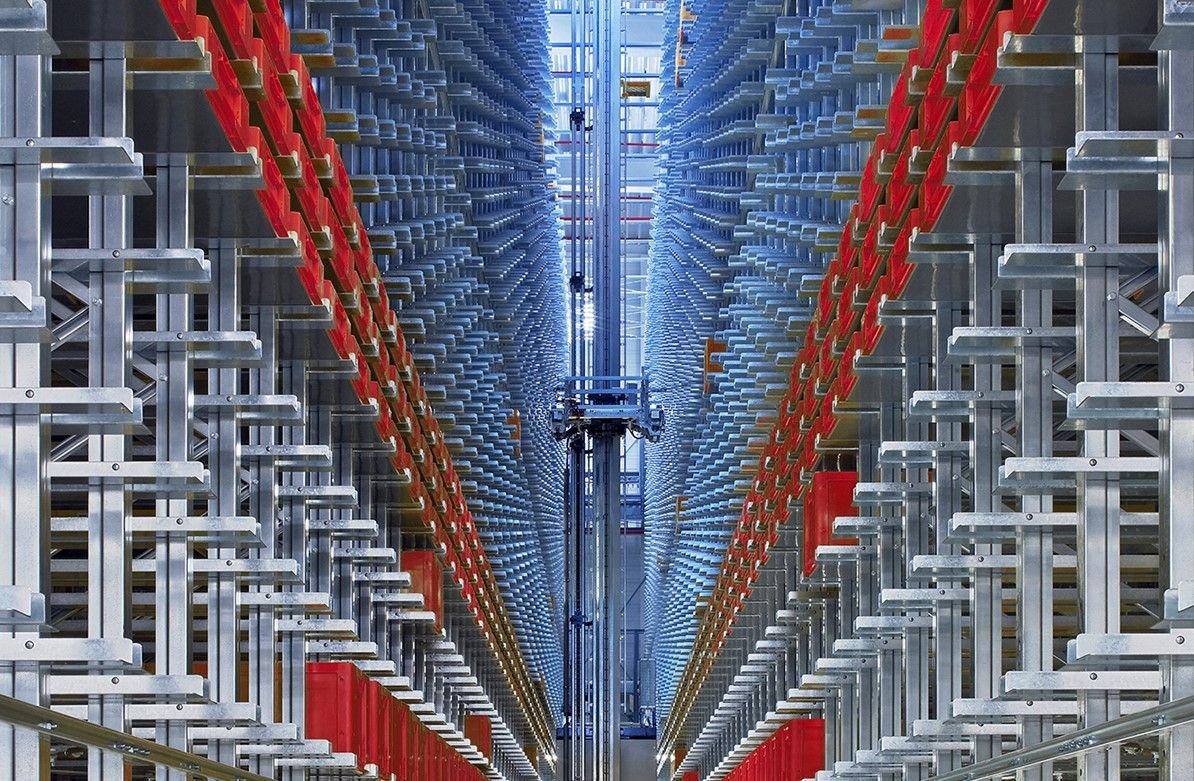Pallet conveyors are an essential component of material handling systems in various industries. They help in moving goods and materials from one point to another efficiently and safely. However, choosing the right pallet conveyor can be a daunting task, especially if you are new to the industry. In this blog, we discuss the factors that you need to consider when choosing this.
Pallet handling conveyors are an essential component of modern manufacturing and logistics systems. They are used to transport heavy loads on pallets, which are commonly used in warehouses, distribution centres, and manufacturing facilities. When choosing a pallet conveyor, there are several factors to consider to ensure that it meets your specific needs and requirements.
Load Capacity
The first factor to consider is the load capacity. This refers to the maximum weight that the conveyor can handle without malfunctioning. You need to ensure that the conveyor you choose can accommodate the weight of your heaviest load. When calculating the load capacity, consider the weight of the pallets and the maximum weight of the products they carry. It is important to choose a pallet handling conveyor with a load capacity that exceeds your maximum load to prevent overloading and equipment damage.
Conveyor Speed
The conveyor speed is another essential factor to consider. The speed o is measured in feet per minute (FPM) and determines how quickly the conveyor can transport pallets. You need to determine the speed at which the pallets need to move through the conveyor system. If you have high-volume production and distribution needs, a faster conveyor system is necessary. Conversely, if you have lower-volume production needs, a slower system might be a more appropriate choice. A conveyor that is too slow can cause a bottleneck in the production process, while a conveyor that is too fast can cause damage to the goods or materials being transported.
Conveyor Type & Configuration
There are several types of pallet handling conveyors available, and you need to choose the one that best suits your needs. The most common types include chain-driven, roller, and belt conveyors. Each of these has its advantages and disadvantages. Chain-driven conveyors are ideal for heavy loads, roller conveyors are best for cartons and boxes, and belt conveyors are ideal for light loads. The configuration you choose will depend on your specific needs, such as the shape and size of your products, the weight of the pallets, and the desired speed. For example, a chain-driven conveyor may be the best choice for heavy products or large loads, while a roller-driven conveyor may be more appropriate for lighter loads.
Conveyor Layout
The layout of the conveyor system is another factor to consider. You need to ensure that the conveyor system fits seamlessly into your existing layout. This will ensure that the movement of goods and materials is smooth and efficient.
Conveyor Controls
The controls of the conveyor system are essential for ensuring that the system operates efficiently and safely. You need to choose a conveyor system that has easy-to-use controls that allow you to adjust the speed, stop the system, and detect any faults or errors.
Integration
Integration with other systems and equipment is another critical factor when selecting a pallet conveyor. Consider the other equipment or systems that the conveyor will need to interact with, such as robotic systems, packaging equipment, and labelling systems. Choose a conveyor that can integrate easily with your existing systems to streamline production and reduce downtime.
Maintenance Requirements
Finally, you need to consider the maintenance requirements of the conveyor system. You should choose a system that is easy to maintain and repair. Regular maintenance will ensure that the system operates at optimal efficiency and prevent downtime.
Maintenance
Maintenance is an essential factor to consider when choosing a pallet handling conveyor. Regular maintenance ensures the conveyor system continues to operate efficiently and prolongs its lifespan. Choose a conveyor system that is easy to maintain and has accessible parts. Additionally, consider the availability of spare parts and the cost of replacement parts.
Safety Features
Safety is a top priority, as you would want to choose a conveyor system with adequate safety features, such as emergency stop buttons, safety interlocks, and guards. Additionally, ensure that the conveyor meets all relevant safety standards, such as the Occupational Safety and Health Administration (OSHA) guidelines.
In conclusion, choosing the right pallet conveyor is crucial to the success of your material handling system and requires careful consideration of several factors. By taking into account load capacity, speed, configuration, maintenance, integration, and safety features, you can select a conveyor system that meets your specific needs and requirements.
When choosing a pallet conveyor system, work with an experienced supplier or manufacturer like L-A-C Logistics Automation who can help you select the right system for your needs and provide the necessary support and service. Contact us today to discuss this further!


